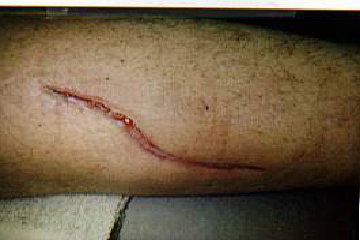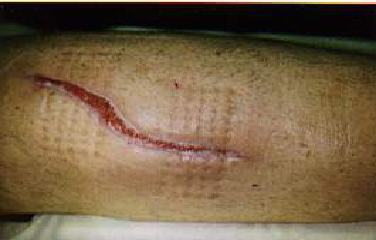Why Diabetic Seniors Should Be Cautious with Cobblestone Paths
For seniors, especially those with diabetes, exercise is essential to maintain good health. However, not all types of exercise are suitable for those with diabetes. Walking barefoot on cobblestone paths—a popular health activity in parks and neighborhoods—poses specific risks to diabetic seniors.
Cobblestone paths are often seen as a natural foot massage, stimulating acupressure points that can improve circulation and provide therapeutic benefits. But for seniors with diabetes, walking barefoot on uneven surfaces like cobblestones may lead to injuries that, while minor for others, could result in severe complications.




The Risks of Walking Barefoot for Diabetic Seniors
For diabetic individuals, foot health is a priority, as complications can develop quickly. Here’s why diabetic seniors, in particular, should avoid walking barefoot on cobblestone paths:
- Reduced Sensation and Circulation Diabetic neuropathy, or nerve damage, is a common complication of diabetes that reduces sensation in the feet. This means that diabetic seniors may not feel small injuries like cuts, bruises, or scrapes from the rough surfaces of cobblestones. Without proper sensation, even minor injuries can go unnoticed, leading to worsening infections and ultimately increasing the risk of severe complications like diabetic foot.
- Increased Risk of Foot Injuries The uneven and hard surface of cobblestone paths can create pressure points, increasing the chance of blisters, cuts, or abrasions. For diabetic patients, these injuries can take longer to heal and are at greater risk of becoming infected due to compromised blood flow.
- Risk of Cold Exposure Many cobblestone paths can be cold, particularly in cooler weather. Diabetic seniors with poor circulation may be more susceptible to cold, which can further slow circulation to the feet and delay healing. Seniors with conditions like vascular inflammation (also common in diabetes) may find that exposure to cold exacerbates blood flow issues, impairing their body’s ability to keep feet warm and healthy.
Safe Exercise Alternatives for Diabetic Seniors
Exercise remains crucial for maintaining blood sugar levels and overall health in diabetes. However, instead of walking barefoot on cobblestone paths, diabetic seniors can consider the following safer exercise alternatives:
- Walking on Flat, Paved Paths: Choose even, soft walking surfaces and wear well-fitting, protective shoes designed for diabetic feet. This minimizes the risk of injury while allowing the benefits of walking.
- Indoor Cycling or Swimming: These are low-impact exercises that support circulation without putting undue stress on the feet.
- Gentle Stretching and Balance Exercises: These exercises help maintain flexibility and strength, which is especially beneficial for seniors, while also reducing the risk of falls or foot injuries.
- Strength Training: Light weights or resistance band exercises help build muscle and improve overall body function, making it easier to support balanced blood sugar levels.
MAIKONG.LTD’s Solutions for Diabetic Foot Care
MAIKONG.LTD offers advanced equipment designed for diabetic foot diagnostics and therapy to help manage and prevent complications from diabetic neuropathy. Our product lineup includes:
- Therapiesystem für periphere Neuropathie bei diabetischem Fuß: Designed to promote circulation and relieve neuropathy symptoms in the feet, reducing the risk of injury from poor sensation.
- Biothesiometer VPT for Neuropathy Screening: Detects early signs of nerve damage, allowing for prompt treatment to prevent further complications.
- OEM/ODM-Dienste: For customized packaging, appearance, and software integration, MAIKONG.LTD provides tailored options to meet the needs of healthcare providers.

FAQs
1. Why should diabetic seniors avoid walking barefoot?
Walking barefoot can cause unnoticed injuries in people with reduced foot sensation, as seen in diabetic neuropathy. These injuries can become infected, leading to complications like diabetic foot.
2. Are there safer alternatives to cobblestone paths for diabetic seniors?
Yes, flat, soft paths with supportive shoes are safer. Other options include swimming, indoor cycling, and light resistance exercises.
3. How can MAIKONG.LTD’s products help with diabetic foot care?
Our devices, like the Diabetic Foot Peripheral Neuropathy Therapy System and Biothesiometer VPT, support early detection and symptom relief for neuropathy, promoting healthier foot care in diabetic patients.
By choosing the right exercises and using protective equipment, diabetic seniors can stay active without risking their foot health.





